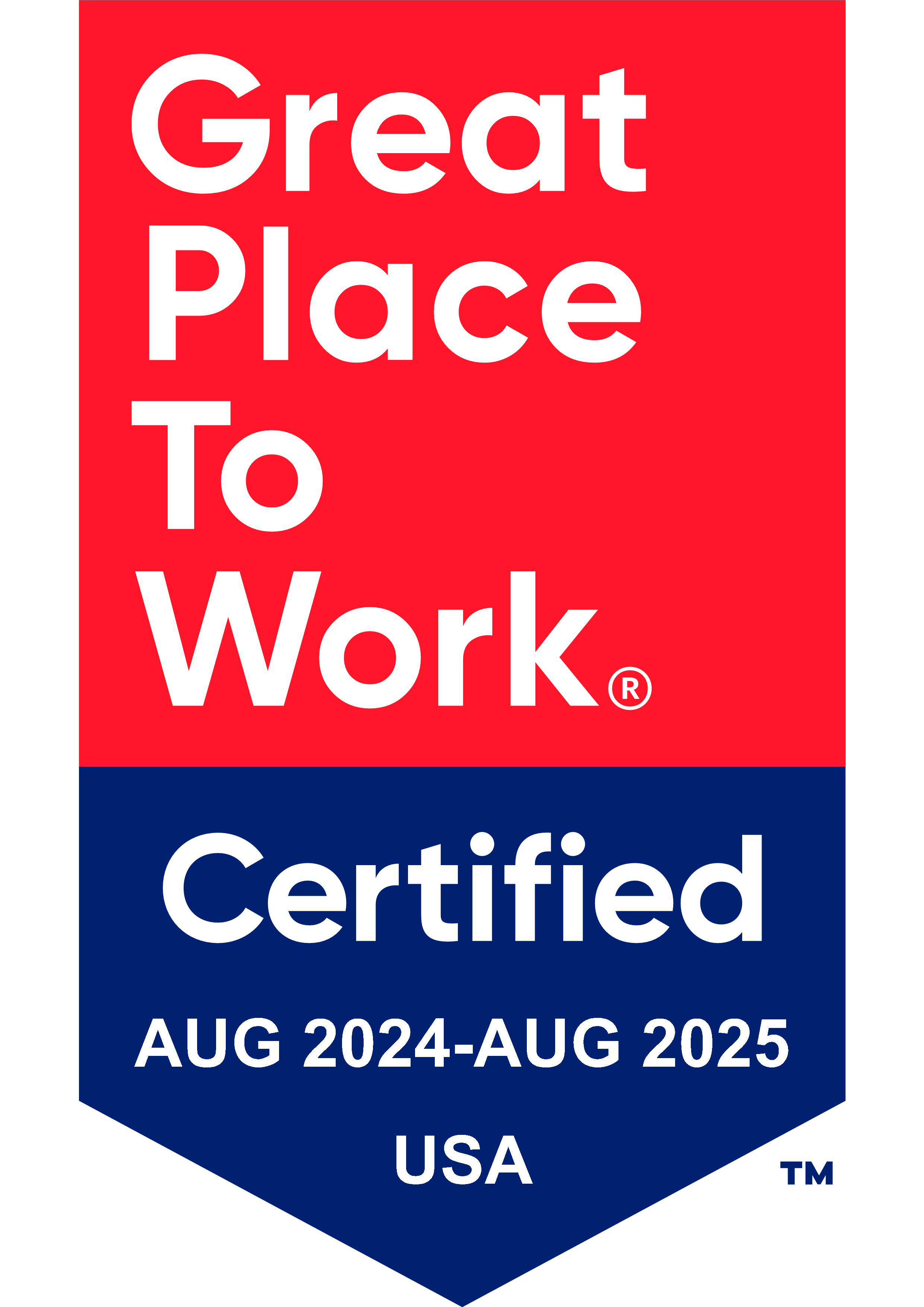For Microsoft customers using SQL Server for data warehousing, it comes as no surprise that older versions of SQL Server are scheduled for end-of-support. The latest version to go end-of-support is SQL Server 2014, which reached its end in July 2024.
Running data warehouses in older versions of SQL Server that have reached or are about to reach end-of-support poses risks to organizations that need to maintain performance and data availability for downstream data consumers and analytics applications.
With Microsoft making a push for Fabric, its all-in-one data analytics platform, now might be the right time to explore a data modernization solution that accelerates migration of the SQL Server data estate to get your organization ready for Fabric and drive artificial intelligence use cases.
Let’s take a look at modernization secrets for your SQL Server data warehouse.
What to Explore
Why Modernize your SQL Server Data Warehouse?
SQL Server data warehouses typically utilize SQL Server for database, SQL Server Integration Service (SSIS) for data integration, SQL Server Reporting Service (SSRS) for BI reports, and SQL Server Analytics Service (SSAS) for analytical needs.
For legacy data warehouses developed with end-of-support versions of SQL Server, maintenance costs can become a challenge, which is one reason to look at modernizing your SQL Server data warehouse.
The greater urgency for modernization, though, is to get your data ready to meet requirements of the modern era including advanced analytics and AI applications, which can be seriously limited by data trapped in legacy data warehouse systems.
Best Options for SQL Server Data Warehouse Modernization
There are several SQL Server End of Support options available for SQL Server Data Warehouse Migration, but these need to be assessed to identify the best fit for your individual needs. In such cases, working with an experienced consulting partner can assist you with the right approach and design strategy to meet future data warehouse requirements.
For instance, Bitwise worked with a Fortune 500 company that had an on-premise SQL Server system that was not providing the desired value for its stakeholders. Bitwise assisted with a data warehouse system architecture assessment to assess alternatives to modernize the legacy data warehouse in Azure with options to utilize Azure Data Factory (ADF) for data integration, Power BI for reporting and Azure SQL MI for the database.
SQL Server Migration to Azure
For decades, companies have been running business intelligence and data warehouse applications with SQL Server databases. These systems have proven to be reliable for organizations both large and small, but as the center of gravity for data and AI shifts to cloud technology, the benefits of modernizing your databases cannot be neglected.
For instance, Bitwise helped a data center solution provider enhance performance with increased data access by accelerating on-premise SQL Server database migration to Azure SQL Server Managed Instance. By going with a consumption-based model in Azure, the client also reduced the burden of maintaining software and hardware infrastructure.
To explore further, check out the SQL Server Data Migration to Azure SQL MI offer on Azure Marketplace for an optimal approach to modernizing with streamlined engagement model and minimal downtime.
SSIS Modernization in ADF or Fabric
With data migration tools available from Microsoft, many organizations often attempt to migrate their SQL Server data warehouse to Azure. While some organizations may be comfortable handling data and SSAS migrations, they often run into problems with SSIS migration to Azure.
There can be drastic differences between SSIS, which is a traditional data integration tool, and cloud services like ADF or Microsoft Fabric Dataflows Gen 2 that are difficult to overcome without any migration automation. Data validation also plays a critical role that gets overlooked until it’s too late.
To illustrate, Bitwise helped a multinational organization achieve significant cost savings with accelerated SSIS ETL Migration to Azure Data Factory. The solution addressed major gaps in the on-premise system by implementing coding best practices and disaster recovery with minimal disruption to the live applications during migration.
Getting Started with a SQL Server Modernization Partner
The limitations of legacy SQL Server data warehouses can stifle business growth and companies staying with older versions carry risks of unsupported systems. With the right strategy to modernize in Microsoft Azure or Fabric, companies can reduce risk, minimize cost and drive innovation.
With the SSIS ETL Migration to ADF offer in Azure Marketplace, you can explore a proven strategy for accelerating migration with automation at each phase of assessment, code conversion and data validation that overcomes the challenges of modernizing SSIS packages.
Learn more about how Bitwise partners with Microsoft to offer a team of experts that can help you understand all aspects of modernization for your SQL Server data warehouse. Our team can walk through the options and showcase the best automation tools and migration methodologies to accelerate time-to-value in the cloud and get your data ready for AI success.
You Might Also Like

Data Security
Implementing Fine-Grained Data Access Control: A Complete Guide to GCP Column-Level Policy Tags
Learn More











